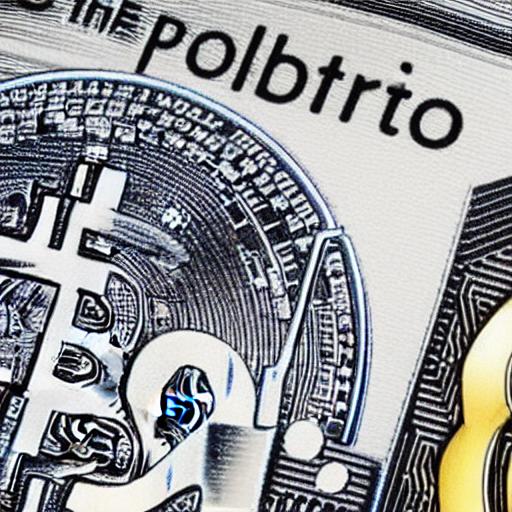The cryptocurrency sector is looking to the future as the Shapella upgrade fades into the distance and there is no volatility amid concerns about a selling tidal wave. There is a lot of concern that this update may prompt regulators to reevaluate the entire crypto field given that the headlines in the crypto landscape continue to be dominated by stories about crackdowns, bans, and generally rising pressure on the space. In spite of the possibility of further selling pressure in the upcoming weeks, it appears more prudent to consider what the Shapella upgrade might entail in the long run at this time.
The current state of staked ETH holdings is one of the reasons why this latest upgrade is unlikely to result in more selling and price pressures. 60% of all staked Ethereum, including the assets in Lido DAO, is held at a loss, according to research released in April 2023. This would seem to work against excessive selling, which typically happens when investors are sitting on quite substantial gains. We currently hold about 30% of all staked ETH at an average loss of over $1,000 per token. What potential consequences could arise from the Shapella upgrade if it is not anticipated to result in the forced sale of staked ETH?
Let’s look at a few of the reasons why this most recent upgrade might herald a golden age of ether innovation and development.
More liquidity for ETH. Many validators have had their staked ether locked up at this point due to the ongoing Ethereum 2.0 upgrade process, which has been ongoing for years. Users can now withdraw their funds in one of two methods, which is a key feature of the Shapella improvement. Users are given the option to take a portion of their accrued block rewards that are greater than the 32 ETH balance required to maintain a validating node. These block rewards have accumulated over time and have been taxed even though they have not been accessible. Users would be able to withdraw their whole staked amount of ETH with a full withdrawal, as the name suggests.
In any case, this Shapella improvement will make the market for ETH more liquid and accessible going future, assisting developers, investors, and innovators in producing stronger and more distinctive products.
More non-speculative applications. There will likely be tens of billions of Ether returned to these users over the course of the next week after being held hostage in staking processes for varying amounts of time. For developers and innovators looking to create new applications that run on the Ethereum blockchain, this will mean that there will literally be more ETH available, in addition to enhancing liquidity and market depth for traders.
Every crypto asset is subject to the following pricing paradox: the likelihood that a given token will be utilized as “fuel” or “gas” for applications will decrease if investors and the market at large anticipate that its price will rise drastically over time. Given the reduced volatility brought on by this upgrade, sentiment suggests that moving forward, developers will feel more at ease using ETH to create more non-financial and non-speculative applications.
The Ethereum blockchain already serves as the foundation for many Layer 2 and Web 3 applications and use cases, thus maintaining the current trends will be made easier and quicker with a more liquid market for these tokens.
Forcing regulators to act. This upgrade, the accompanying release of staked ether, and the renewed attention on this token in particular will all have the added effect of reigniting prior discussions over categorization. Many people lament Gary Gensler’s seeming regulatory-by-decree strategy at the Securities and Exchange Commission, which is a fiercely disputed and sensitive topic. The popularity of ether, however, may push these issues back to the forefront because of pressure from some lawmakers who want more information about how these decisions are being made.
Since staking became well known over the past few years, there has been significant debate within the tax community regarding how to treat staking rewards and the procedure in general. Staking rewards are subject to taxation at the time of formation under current U.S. tax regulations, even if they were previously inaccessible. Regulators should be compelled to adopt a more beneficial approach as these benefits and assets grow in popularity, are able to be invested back into other endeavours, and are better understood by both institutions and people.
The long-awaited Shapella upgrade was successful, changed the ETH landscape significantly going forward, and was well worth the wait. Developers, regulators, and investors should all pay attention.








